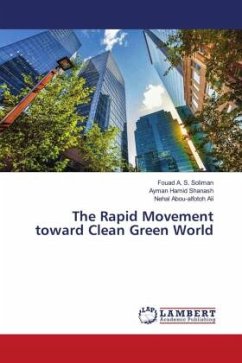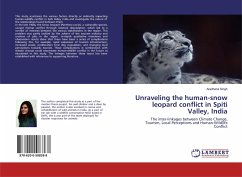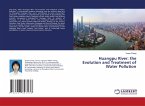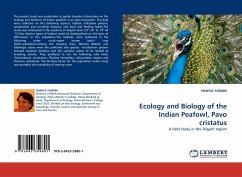Species of the genus Utricularia L. are carnivorous plants, which capture and digest insects and other tiny animalcules have been subject of scientific curiosity for quite a long time; which are thought to be able to supplement nutrients from animals. Only a small number of Utricularia are genuine aquatic. Earlier water bodies which were rich in Utricularia sp. are now almost devoid of this plant probably due to the changes in water qualities and other environmental stresses caused by anthropogenic activities. The impact of water pollution on the ecology and biology of Utricularia have been studied and the impacts of different physico-chemical conditions of water on Utricularia were observed. This investigation reveals that the species of Utricularia fail to perform their normal biological processes and prey capturing ability in polluted water, and showed some threshold limits of inactivation under certain physico-chemical changes of the habitat water. Death and decomposition of the study plants ensure at certain values of such physico-chemical conditions.








